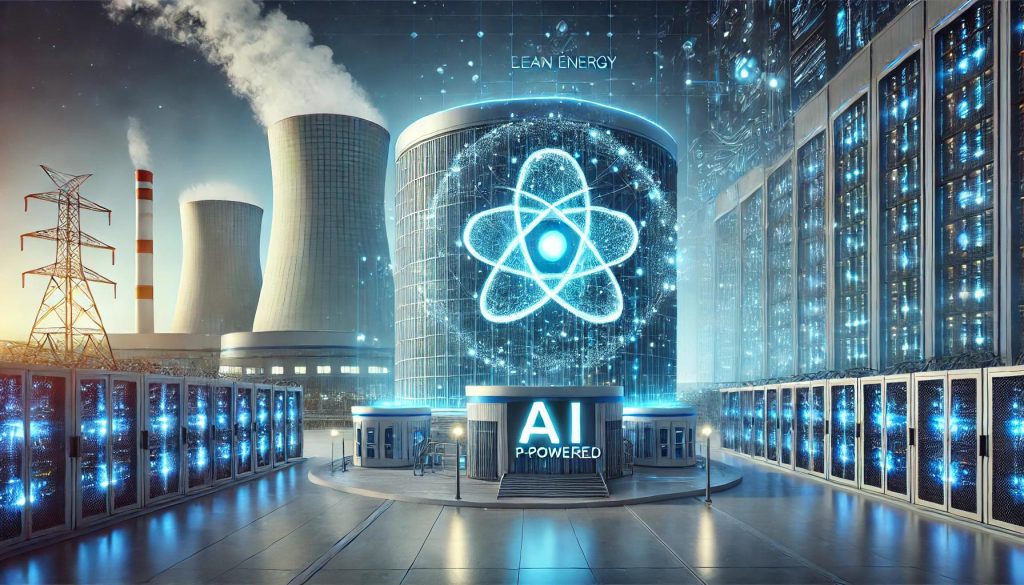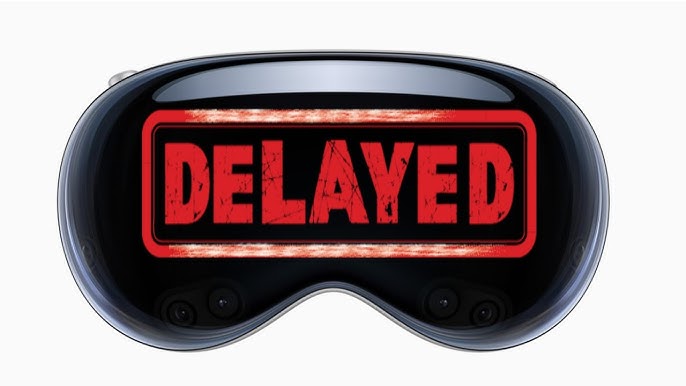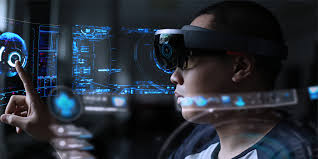Nuclear Energy Powers AI: Tech Giants Embrace a New Energy Era

The world of artificial intelligence (AI) is booming. Data centers that run AI need massive amounts of electricity. Tech giants like Microsoft, Google, and Amazon are turning to nuclear energy to meet this demand. They’re also exploring new reactor designs and better ways to handle nuclear waste. This article dives into why nuclear power is making a comeback, how it’s being improved, and what it means for the future.
Why AI Needs Nuclear Energy
AI systems, like those powering chatbots or self-driving car tech, require huge data centers. These centers use as much energy as small cities. For example, training a single AI model can consume as much electricity as hundreds of homes use in a year. Renewable sources like solar and wind can’t always provide steady power. Nuclear energy, however, runs 24/7 and produces no carbon emissions, making it a perfect fit.
I once visited a data center for a school project. The hum of servers and cooling fans was deafening, and I learned they ran non-stop. That experience showed me why tech companies are desperate for reliable energy. Nuclear power offers a solution that’s both steady and eco-friendly.
Pros and Cons of Nuclear for AI
| Pros | Cons |
|---|---|
| Provides constant, reliable power | High costs to build and maintain |
| Zero carbon emissions during operation | Nuclear waste needs careful handling |
| Small land use compared to solar farms | Public concerns about safety |
Tech Giants Leading the Charge
Big tech companies are investing billions in nuclear energy. They’re not just buying power; they’re helping build new reactors. Here’s what some major players are doing:
- Microsoft signed a deal to restart a reactor at Three Mile Island in Pennsylvania. It will power their data centers by 2028.
- Google partnered with Kairos Power to build small modular reactors (SMRs). These will start running by 2030.
- Amazon invested $500 million in X-Energy to develop SMRs in Washington state. They aim for 5 gigawatts by 2040.
- Meta is seeking partners to add 1-4 gigawatts of nuclear power for its AI operations.
These moves show a shift. Tech giants want clean, constant energy to keep AI growing. A friend who works at a tech startup told me their data center struggles with power outages. Nuclear could solve that problem, offering steady electricity no matter the weather.
Key Investments by Tech Giants
| Company | Partner | Project Details | Timeline |
|---|---|---|---|
| Microsoft | Constellation Energy | Restart Three Mile Island reactor | 2028 |
| Kairos Power | Build 500 MW of SMRs | 2030-2035 | |
| Amazon | X-Energy | Develop 5 GW of SMRs | By 2040 |
| Meta | TBD | 1-4 GW nuclear capacity | Early 2030s |
Innovations in Reactor Design
New reactor designs are making nuclear energy safer and cheaper. Small modular reactors (SMRs) are a big focus. Unlike old reactors that power entire cities, SMRs are smaller, producing 50-300 megawatts. They’re built in factories, which cuts costs and speeds up construction. For example, Kairos Power uses molten salt to cool its reactors, a safer method than traditional water cooling.
Another exciting innovation is TRISO fuel, which stands for tri-structural isotropic fuel. These are tiny, super-strong ceramic spheres packed with uranium. They can withstand extreme heat, reducing the risk of accidents. Companies like X-Energy are leading the way in using TRISO fuel for SMRs.
I remember reading about a nuclear plant tour where engineers showed off these new designs. They explained how SMRs could be placed closer to cities without the risks of older reactors. It felt like a sci-fi movie, but it’s real progress.
Advantages of SMRs
- Smaller size fits near data centers.
- Factory-built, reducing construction time.
- Safer designs with passive cooling systems.
Challenges of SMRs
- No commercial SMRs in the U.S. yet.
- High initial investment costs.
- Regulatory approvals take years.
Tackling Nuclear Waste
Nuclear power produces radioactive waste, which worries many people. But new ideas are making waste management better. For instance, advanced reactors create less waste than older ones. Some designs, like those using thorium fuel, could reduce waste even more. Thorium is being tested in places like India and might cut down on long-term storage needs.
Recycling nuclear fuel is another solution. New facilities are being developed to reuse spent fuel, turning it into new energy. Also, 3D printing is being used to make stronger fuel containers, which keeps waste safer. These innovations aim to make nuclear power cleaner and less risky.
When I was younger, I saw a documentary about nuclear waste stored in deep underground vaults. It seemed scary, but learning about these new methods makes me hopeful. Scientists are working hard to solve this problem.
Waste Management Innovations
| Method | Description | Benefit |
|---|---|---|
| Thorium Fuel | Uses thorium instead of uranium | Less radioactive waste |
| Fuel Recycling | Reuses spent nuclear fuel | Reduces waste volume |
| 3D-Printed Containers | Stronger storage for waste | Safer long-term storage |
The Future of Nuclear and AI
Tech giants are betting big on nuclear energy to power AI. By 2030, data centers could use up to 9% of U.S. electricity, according to the Electric Power Research Institute. Nuclear power could meet this demand while keeping carbon emissions low. But challenges remain, like high costs and public fears about safety. The Three Mile Island restart, for example, has sparked debates because of its 1979 accident.
Still, the push for nuclear is growing. A recent post on X by @MorningBrew said, “Nuclear is so back,” highlighting how Amazon, Google, and Microsoft are all in on this trend. The U.S. government is also helping by speeding up reactor approvals and offering funding. This could lead to a “nuclear renaissance” for AI and beyond.
What’s Next?
- More SMRs could come online by 2030.
- Public trust in nuclear safety needs to grow.
- Investments in waste solutions will continue.
Why This Matters to You
Nuclear energy isn’t just for tech companies. It could lower electricity costs and help fight climate change. As a student, you might see new jobs in nuclear tech or AI in the future. These changes could shape how we power our homes, schools, and gadgets. I once talked to a scientist who said nuclear could be the key to a cleaner planet. That stuck with me, and I hope it inspires you too.
To learn more about how nuclear energy is evolving, check out this article from the Nuclear Energy Institute. It explains SMRs in simple terms. For a deeper dive into AI’s energy needs, MIT Technology Review has a great series on the topic.
Conclusion
Tech giants are turning to nuclear energy to fuel AI’s massive growth. New reactor designs like SMRs and better waste management are making this possible. While challenges like cost and safety remain, the future looks bright. Nuclear power could keep AI running and help save the planet. As we move forward, these innovations will shape a cleaner, smarter world.





